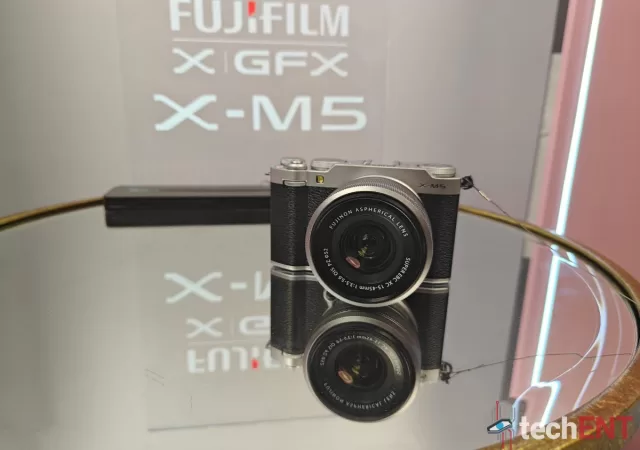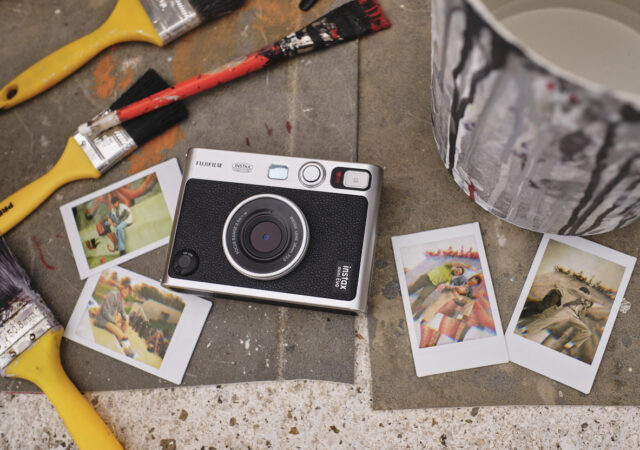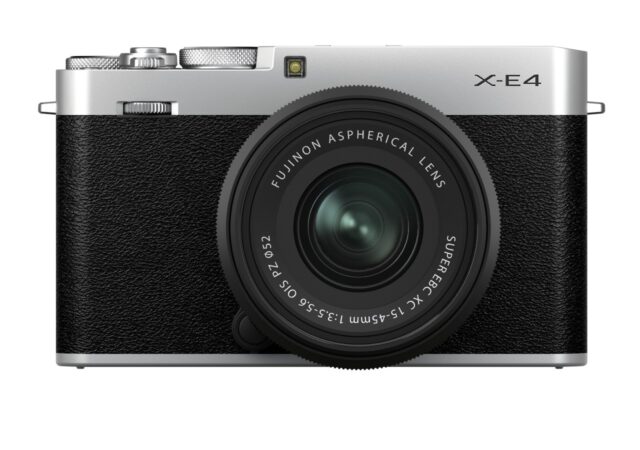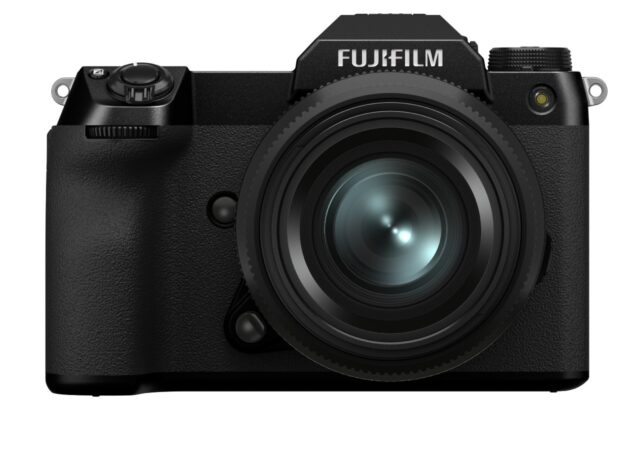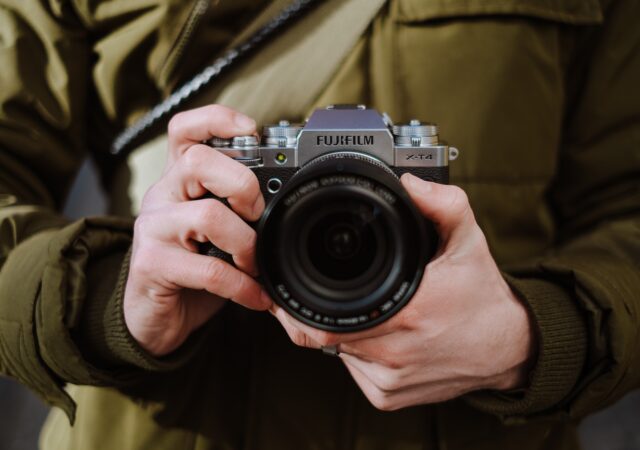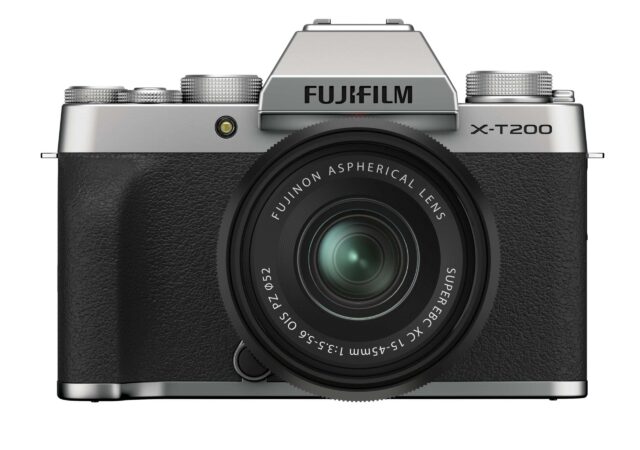Fujifilm launches the lightest entry into the X series of mirrorless cameras – the Fujifilm X-M5 that comes with improvements that make content creating a breeze.
FUJIFILM INSTAX mini 12 Launches – More of the Same Thing, But Just a Little Bit More for MYR 428
FUJIFILM launches the new INSTAX mini 12 instant film camera with Automatic Exposure adjusment and Close-up Mode at MYR 428.
FUJIFILM Launches INSTAX UP! Smartphone App, Because an INSTAX Camera Alone is Not Enough
FUJIFILM launches their new app, the INSTAX UP!. The new app is designed to capture printed INSTAX films and store them digitally.
Fujifilm Releases the new X-H2 with 40.2MP on Tap and up to 8K 30fps Internal Recording
Fujifilm releases the most advanced APS-C camera ever in their stables, the X-H2 offers 40.2MP and up to 8K video recording capabilities.
Instax at the Next Level with the Fujifilm instax mini Evo
Fujifilm announces the instax mini Evo, a little instant film camera that also acts as your smartphone’s film printer for MYR 928.
Pikafy Your Instax Mini with the New Nintendo-Fujifilm Collaboration
Nintendo and Fujifilm are looking to bring you more Animal Crossing, Pokemon, and Super Mario with a new collboration which brings the popular characters to the portable photo printer.
FUJIFILM X-E4 Launches in Malaysia, Available Late February 2021 Onward
FUJIFILM launches the new X-series X-E4 compact mirrorless camera in Malaysia. Available February 2021 onward.
FUJIFILM GFX100S Launches in Malaysia – 102-Megapixel From a Bigger Sensor in a Smaller Body
There is a reason why you hardly see a medium format camera out in the wild or used by street photographers. For one, they are quite humongous compared to the modern full-frame DSLR. That size also comes with some heft…
FUJIFILM X-T4 Launches With Stability Control
FUJIFILM’s cameras have been quite iconic and has been a go to for plenty of hobbyist and professionals alike. Their mirrorless APS-C flagships like the X-T2 and X-T3 proved to be some of the most popular platforms among photographers. There…
FUJIFILM X-T200 Shoots Its Way into Malaysia!
When the FUJIFILM brand reinvented itself by introducing their revolutionary mirrorless APS-C sensor X-T100, they became an icon of the digital photography field. It has come to no wonder with the X-T100. It was popular for a particular reason. No,…



